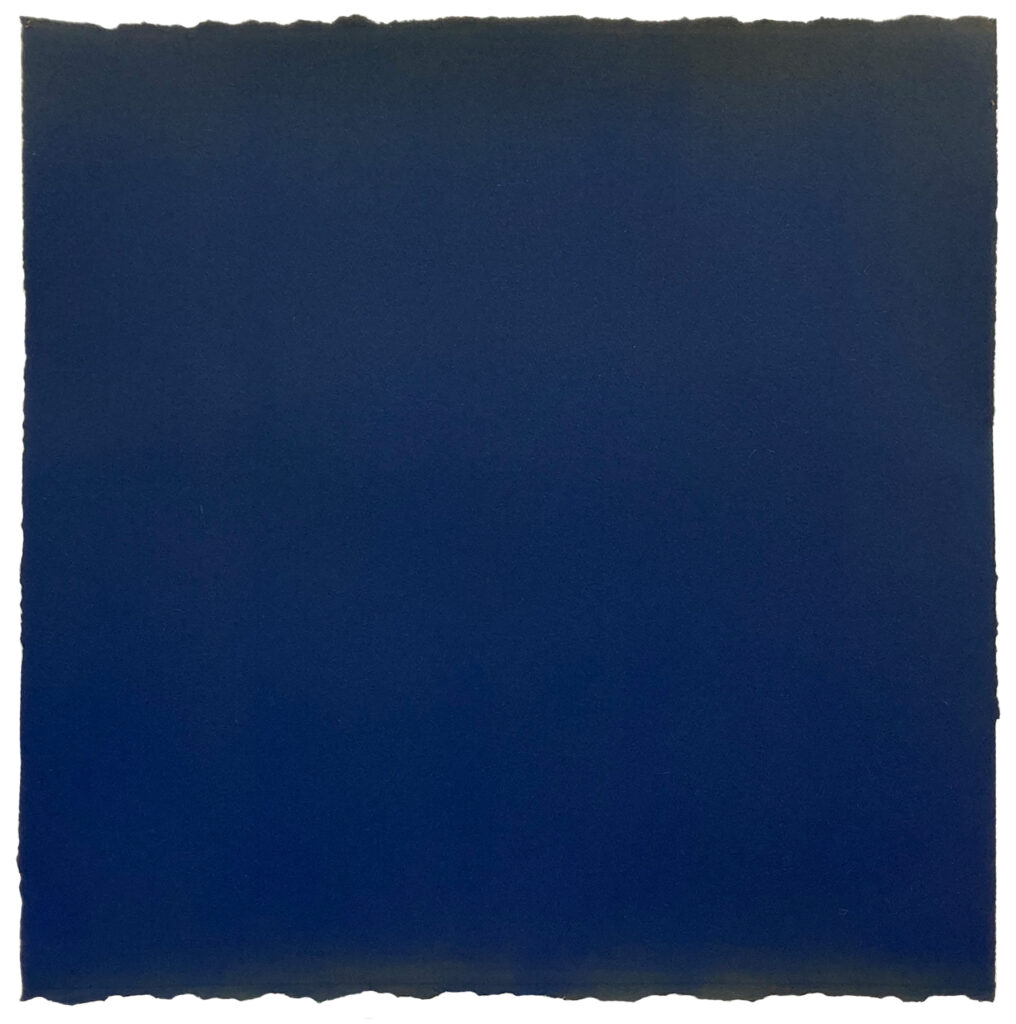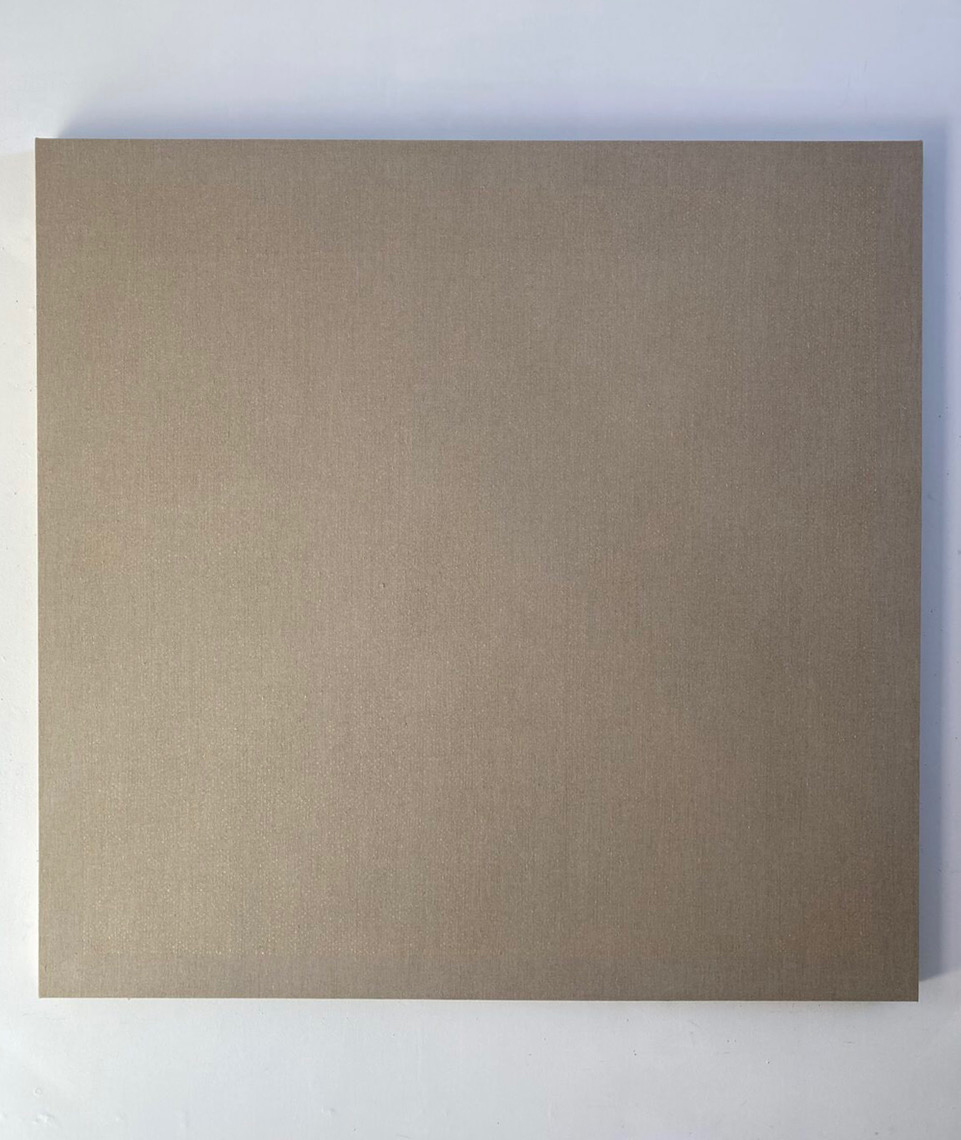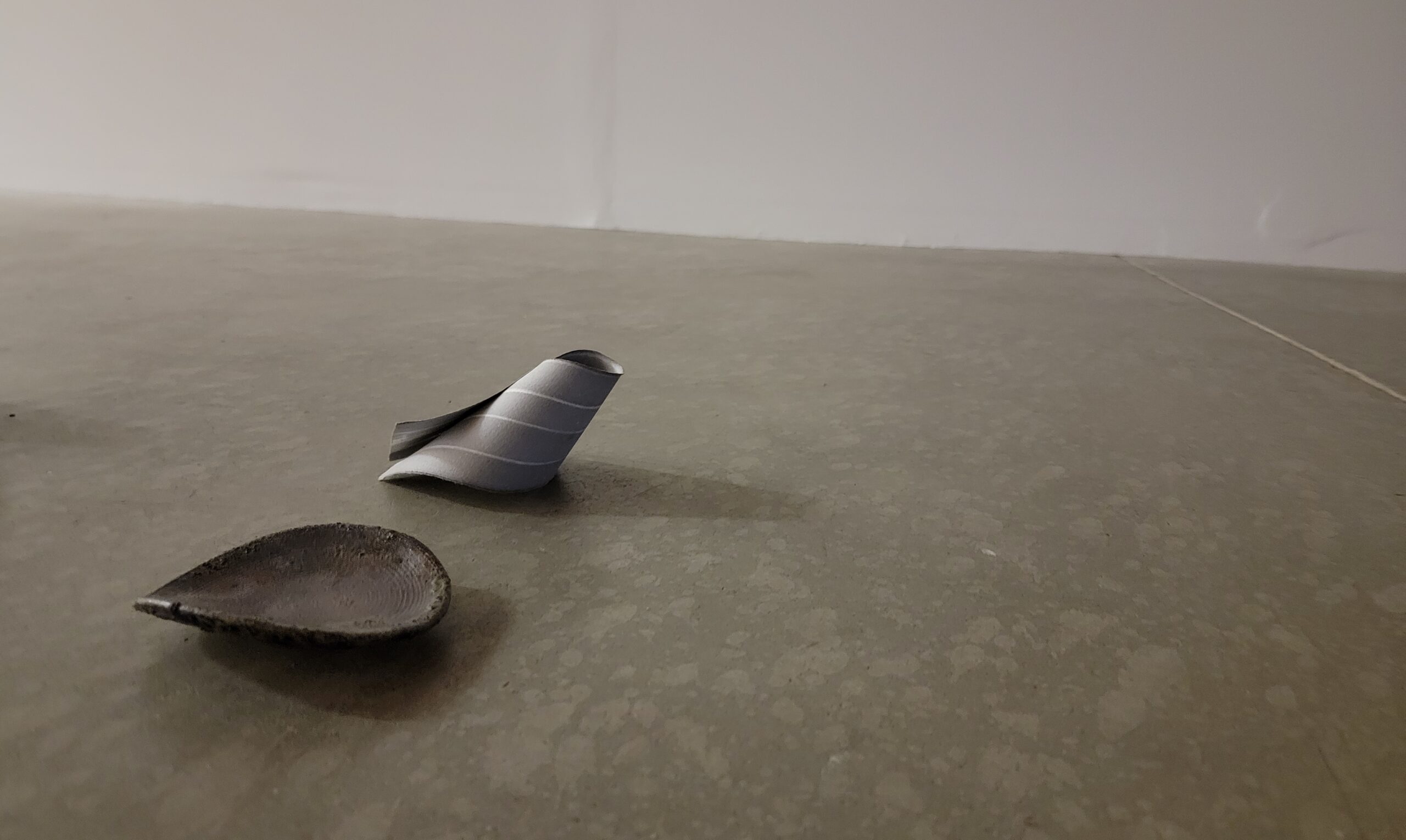ニック・テリーさんはニューヨーク出身の実践者で、20年に渡りテキサス州マーファを拠点に活動している。マーファはドナルド・ジャッドがChinati財団を創設したとても小さな街だ。2019年に現地で出会って以来、言葉やイメージ、音を通して対話を重ねている。彼は、パートナーのマリヤンさんと共に日本に所縁があり、そして熱心な禅道者、画家であり、音の探求者である。そんなニックさんとアグネスについて話すようになったのは、実はごく最近のことである。彼がこの「間 room」に最初に寄せてくれたのは、正方形と民主主義の関係を扱った「序文」と作品であった。Nick Terry is a practitioner, originally from New York and has been based in Marfa, Texas, for 20 years. Marfa is a very small town where Donald Judd created the Chinati Foundation. Since our meeting there in 2019, we have exchanged many words, images and sounds. With his personal association with Japan that he shares with his partner, Maryam, Nick is a committed Zen practitioner, a painter and explorer of sound. It was not until recently that we began to talk about Agnes among others. Nick’s first contribution to this 間 room is ‘Introduction’ text and a couple of his artworks, concerned with the relationship between democracy and the square.
(Introduction)
I recall reading, many years ago, that Martin was striving for a type of ‘democracy’ in her paintings– that there needed to be an ‘equality’ of each area of the painting surface– that no area of the painting would have more attention visually than any other when viewed. Democracy is equated to Equality here. At least this is what I remember and was inspired to experience for myself– how to create a ‘democratic’ image. The square format is the safest way to achieve the orientation of a painting not alluding towards Landscape (horizontal) or a Portrait (vertical). At least in the west, and in the western tradition of painting (and Chinese at least), we imagine a landscape when we see a horizontal format orientation, and a portrait with a vertical format orientation. The surface can be completely blank and we will still read it as a landscape or a portrait. So an equilateral format square neutralizes this dilemma.
Nick Terry

(はじめに)
何年も前のことだが、マーティンが絵画において、ある種の「民主主義」の実現をめざしていたと読んだ記憶がある。すなわち、絵画の各部分は「平等」でなければならず、特定の部分が他の部分よりも視覚的に目立つことがあってはならない、ということだ。ここでいう「民主主義」とは「平等性」に等しい。少なくとも、私はそのように記憶しており、どのように「民主的な」イメージを創造できるか、自分でもやってみることにした。正方形は、風景画(横長)や肖像画(縦長)を暗示せずに、絵画の向きを決めることができる、もっとも確実な方法だ。少なくとも西洋において、西洋(と中国)の絵画の伝統において、横長の形式は風景画を、縦長の形式は肖像画を連想させる。何も描かれていない画布であっても、私たちはそこに風景画や肖像画をみてとるだろう。そこで、正方形を用いることにより、そのジレンマは解消される。
ニック・テリー

